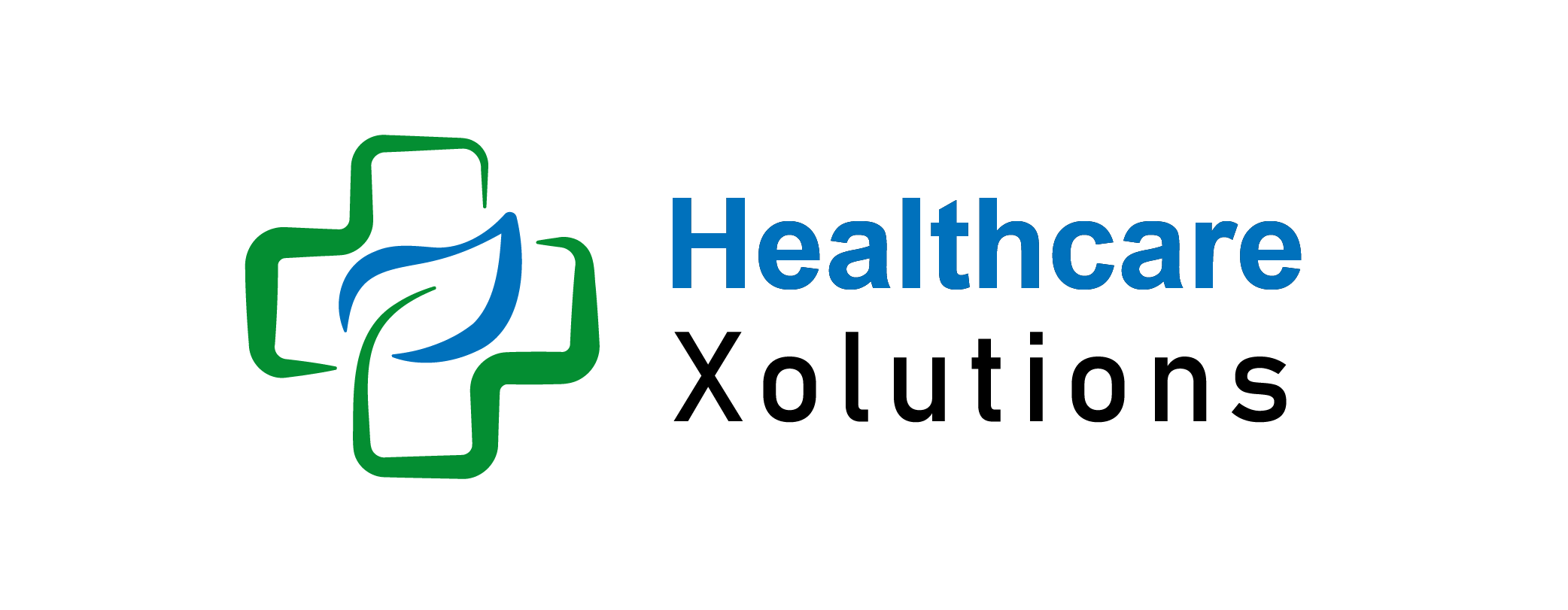How To Save Money on Health Insurance Premiums?

Health insurance premiums have been rising steadily over the past few years. In fact, in 2024, the average cost of employer-sponsored family health coverage has increased by 7%, reaching $25,572 annually. These rising costs are forcing individuals and families to look for more cost-effective ways to maintain health insurance coverage without compromising on care. Whether you are self-employed, employed, or purchasing insurance through the government’s marketplace, knowing how to save on premiums is essential for financial stability.
This article will outline effective strategies to help you save money on health insurance premiums while keeping the coverage you need.
Key Takeaways:
- Compare Health Plans: Shop around to find the most cost-effective plan with the coverage you need.
- Higher Deductible Plans: Opt for a higher deductible if you’re healthy and don’t need frequent medical care.
- Use Tax-Advantaged Accounts: Contribute to an HSA or FSA to save on healthcare costs.
- Take Advantage of Discounts: Check for available subsidies and employer-sponsored wellness programs.
- Stick to In-Network Providers: Always choose in-network providers to avoid higher out-of-pocket costs.
Table of Contents
How To Understand Health Insurance Premiums?
Health insurance premiums are the regular payments you make to an insurance company to maintain your health insurance coverage. These payments are typically made monthly, although they can also be paid annually or quarterly. In exchange for paying premiums, the insurer agrees to provide health coverage, including paying for certain medical expenses, such as doctor visits, hospital stays, and medications, based on the terms of the policy.
Premiums can vary depending on several factors, such as:
- Type of coverage: More comprehensive plans often have higher premiums.
- Age: Older individuals may pay higher premiums.
- Location: Insurance rates may differ by geographic location due to local healthcare costs.
- Tobacco use: Smokers may face higher premiums due to the higher health risks associated with smoking.
The premium is separate from other costs, like deductibles, co-pays, or out-of-pocket maximums, which may apply when you need healthcare services.
1. Shop Around For The Best Plan:
The first step in saving money on health insurance is to shop around and compare different plans. Prices can vary widely, so it’s essential to research providers and plans during open enrollment or when your current plan is up for renewal. Factors to consider include:
- Premiums: The monthly cost of the plan.
- Deductibles and Out-of-Pocket Costs: What you’ll need to pay before the insurance kicks in.
- Network of Providers: Are your doctors in the insurance company’s network?
- Prescription Drug Coverage: Does the plan cover your medications?
2. Choose A Higher Deductible Plan:
One effective way to lower your monthly premiums is by opting for a higher deductible plan. These plans require you to pay more out-of-pocket before insurance covers your costs, but they often come with significantly lower monthly premiums. This option is ideal if you’re generally healthy and don’t expect frequent medical visits.
3. Consider A Health Savings Account (HSA) Or Flexible Spending Account (FSA):
Health Savings Accounts (HSAs) and Flexible Spending Accounts (FSAs) are tax-advantaged ways to set aside money for healthcare costs. If you choose a high-deductible health plan, you may be eligible for an HSA, which allows you to save money tax-free for medical expenses and carry over unused funds year-to-year. FSAs also offer tax-free savings but come with stricter rules and “use-it-or-lose-it” policies.
4. Look For Discounts And Subsidies:
Many individuals qualify for discounts or subsidies that can significantly lower health insurance premiums. If you purchase insurance through the Health Insurance Marketplace, you may be eligible for tax credits based on your income. Similarly, some employers offer wellness programs or discounts for employees, which can help reduce the cost of premiums.
5. Consider A Catastrophic Health Insurance Plan:
Catastrophic health insurance plans offer low premiums and high deductibles. These plans are best suited for individuals under 30 or those who qualify for a hardship exemption. If you’re generally healthy and don’t anticipate needing frequent medical care, a catastrophic plan can help protect you against major medical expenses.
6. Join a Health Insurance Pool
Health insurance pools allow individuals or small businesses to group and access lower premiums. If you’re self-employed or part of a small business, joining a health insurance pool can help spread the costs and provide access to more affordable coverage.
7. Take Advantage Of Wellness Programs:
Many insurers offer wellness programs that encourage healthier living by providing discounts on gym memberships, weight loss programs, and preventive care like vaccinations and screenings. These programs can help reduce your premiums while also promoting your health in the long run.
8. Stay In-Network:
Insurance companies offer lower rates when you stay within their network of providers. By choosing in-network doctors and specialists, you can avoid higher out-of-pocket costs associated with out-of-network care. Always double-check that your healthcare provider is in-network before scheduling appointments.
9. Avoid Unnecessary Coverage:
Review your health plan carefully to ensure you’re only paying for the coverage you need. Many plans include optional coverage like dental or vision care. If you don’t require these services, removing them can help reduce your premiums.
10. Review Your Plan Regularly:
Health insurance needs can change over time due to factors like a new job, marriage, or a shift in your health condition. It’s important to review your plan during open enrollment to ensure it still meets your needs. Switching plans or adjusting coverage can help you save money in the long run.
Conclusion – Save Money On Health Insurance Premiums:
Reducing your health insurance premiums doesn’t have to be complicated. By comparing plans, choosing higher deductibles, taking advantage of health savings accounts, and utilizing available discounts, you can lower your monthly expenses while still maintaining the coverage you need. Regularly reviewing your insurance plan will help ensure that it aligns with your changing health and financial needs, ultimately helping you save more on healthcare costs.
FAQs – Save Money On Health Insurance Premiums:
Q1: Can I lower my health insurance premiums without changing my coverage?
Answer: Yes, you can lower premiums by comparing different plans, opting for higher deductibles, using tax-advantaged accounts, and qualifying for subsidies or discounts.
Q2: What is the benefit of a Health Savings Account (HSA)?
Answer: An HSA allows you to save tax-free for medical expenses, reducing taxable income. Unused funds roll over yearly, helping offset high deductible costs and providing long-term savings.
Q3: Are catastrophic health insurance plans worth it?
Answer: Catastrophic plans are ideal for healthy individuals under 30, offering low premiums and high deductibles, and providing coverage for serious emergencies while keeping costs low.
Q4: How can wellness programs help reduce premiums?
Answer: Wellness programs offer discounts on gym memberships, preventive care, and weight management programs, which can lower premiums and promote better long-term health.
